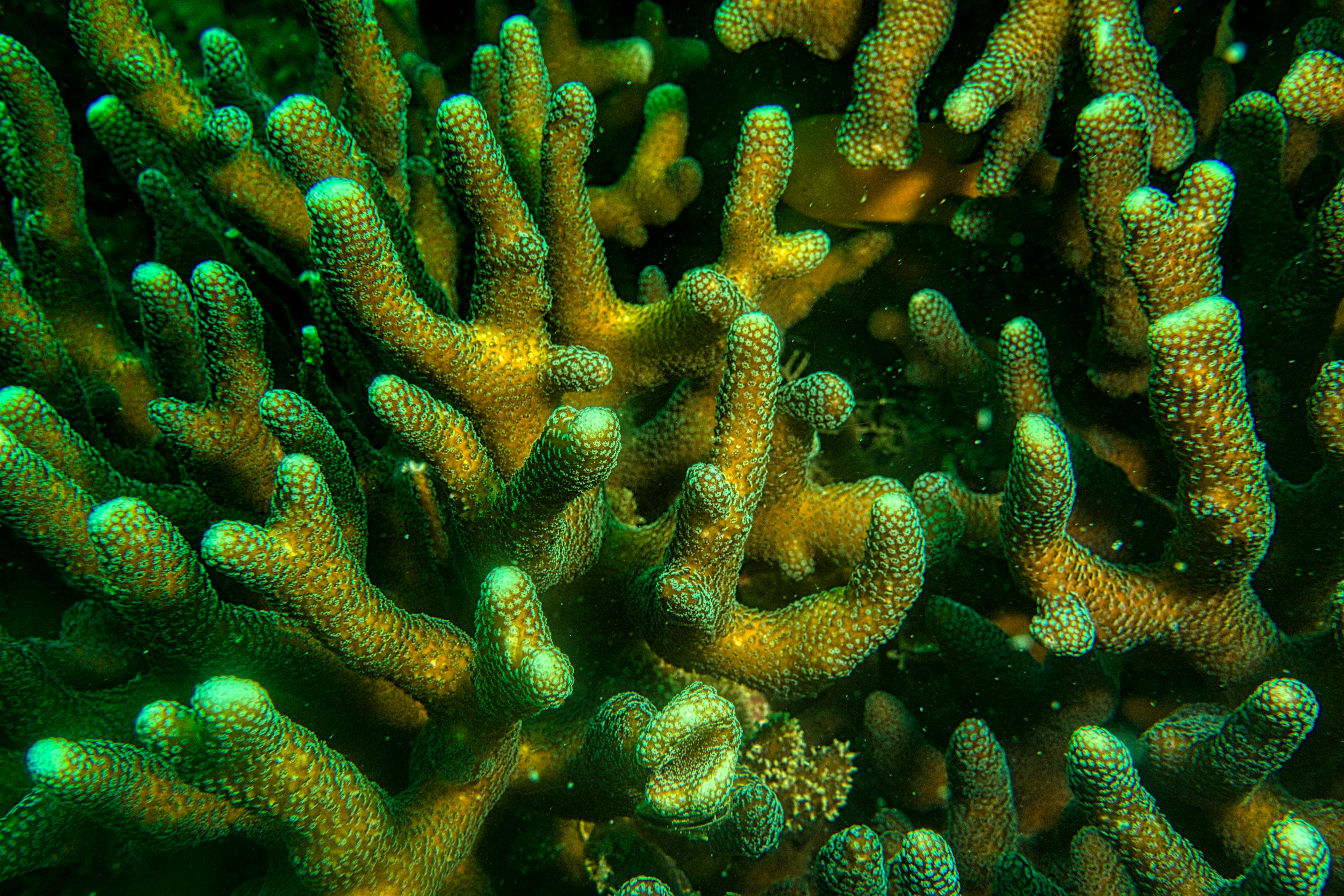The Unsolved Mystery of Deep Sea Bioluminescence and its Drug Potential
The Post-Bitcoin Currency: Why Your Next Purchase Will Be Priced in Attention
October 14, 202515-Minute City Myth: We Need Urban Disconnection
October 14, 2025The Unsolved Mystery of Deep Sea Bioluminescence and its Drug Potential

Introduction
The deep ocean remains one of Earth’s final frontiers, a realm where darkness reigns and mysterious life forms create their own light through bioluminescence. Recent discoveries have revealed that these glowing organisms may hold secrets far beyond their visual spectacle. Marine biologists exploring the abyssal depths have encountered bioluminescent creatures whose light signatures suggest the presence of entirely new, unclassified neurotransmitters. This revelation opens unprecedented possibilities for medical science, as these novel chemical compounds could revolutionize our understanding of neurological function and potentially lead to breakthrough treatments for neurological disorders that have long eluded conventional medicine.
The Discovery: A Marine Biologist’s Encounter
During a recent deep-sea expedition at 2,000 meters below the surface, I witnessed a phenomenon that defied existing biological classification. A previously undocumented jellyfish species emitted a complex light pattern unlike any known bioluminescent signature. The creature’s pulsating glow followed rhythmic patterns that suggested sophisticated neural control mechanisms. Analysis of water samples revealed chemical compounds with structural properties resembling neurotransmitters but with molecular configurations completely unknown to science. The organism’s ability to modulate light intensity and frequency in response to environmental stimuli indicated a level of neural sophistication previously undocumented in deep-sea creatures.
Bioluminescence as Chemical Communication
Deep-sea bioluminescence represents more than mere illumination; it serves as a sophisticated chemical language. The newly discovered organism’s light patterns appear to function as both communication signals and defense mechanisms. The chemical basis of this bioluminescence involves novel enzymes and substrates that interact in ways that challenge our current understanding of biochemical pathways. What makes this discovery particularly significant is that the neurotransmitter-like compounds responsible for controlling the light emission demonstrate properties that could interact with human neural receptors in unique ways, potentially offering new approaches to treating conditions like Parkinson’s disease, epilepsy, and chronic pain.
Medical Implications and Research Challenges
The potential medical applications of these novel neurotransmitters are profound. Preliminary laboratory studies suggest they may:
- Target specific neural pathways without the side effects of current medications
- Cross the blood-brain barrier more efficiently than existing drugs
- Provide longer-lasting therapeutic effects with lower dosages
- Offer new mechanisms for treating neurodegenerative diseases
However, significant challenges remain in studying these compounds. The extreme pressure and temperature conditions of the deep sea make laboratory replication difficult, and the limited availability of source organisms complicates large-scale research. Ethical considerations regarding deep-sea exploration and conservation must also be balanced against the urgent need for medical advancement.
Future Directions in Marine Neuropharmacology
The discovery of these novel neurotransmitters marks the beginning of a new era in marine pharmacology. Research priorities now include developing non-invasive sampling techniques to study these organisms without harming deep-sea ecosystems, creating synthetic analogs of the compounds for clinical testing, and establishing international collaboration frameworks for deep-sea research. The integration of marine biology, neuroscience, and pharmacology promises to unlock treatments that could transform neurological medicine, while simultaneously advancing our understanding of life in Earth’s most extreme environments.
Conclusions
The mysterious bioluminescent organisms of the deep sea represent far more than biological curiosities; they are living libraries of chemical innovation that have evolved over millions of years in complete isolation. The discovery of novel neurotransmitters within these creatures opens exciting new frontiers in medical science, offering potential solutions to some of humanity’s most challenging neurological conditions. As we continue to explore these dark depths, we must approach with both scientific curiosity and environmental responsibility, recognizing that the preservation of these fragile ecosystems is essential to unlocking their medical secrets. The journey from deep-sea discovery to clinical application will be long and complex, but the potential rewards for human health make this exploration one of the most promising frontiers in modern medicine.